The American Revolution was a major event in history which lasted from 1765 to 1783. It saw the Thirteen British colonies in North America successfully overthrowing British rule and gaining independence with the formation of the United States of America. During the Revolution, the population in the colonies was itself divided into the Patriots, who supported the revolution; and the Loyalists, who wanted British rule to continue. “Taxation without representation” was one of the primary causes for the revolt of the colonies and Samuel Adams played a key role in organizing protests which would ultimately lead to the American Revolutionary War. The British believed that the untrained American soldiers were no match for them but they got a rude shock at the early battles. Increasing their forces, they then inflicted a series of defeats on the American Continental Army. The Battles of Trenton and Saratoga proved to be the turning point; while the British surrender at Yorktown decisively tilted the war in the favor of the Americans. Know more about the American Revolution through these 10 interesting facts.
#1 THE ECONOMIC INCENTIVE FOR THE REVOLUTION WAS AVOIDING FUTURE TAXATION
In the years prior to the Revolution, the British had spent vast amount of money on fighting the Seven Years’ War and the French and Indian War. Further, they had stationed a standing army of 10,000 men in North America. Britain decided that the Americans should share some of this burden and, accordingly, the British Parliament passed a series of tax acts. The taxes imposed were not high and, in fact, after adopting the Constitution, the Americans taxed themselves at far higher rates than the British. Moreover, most of these taxes were repealed after the Americans protested against them.
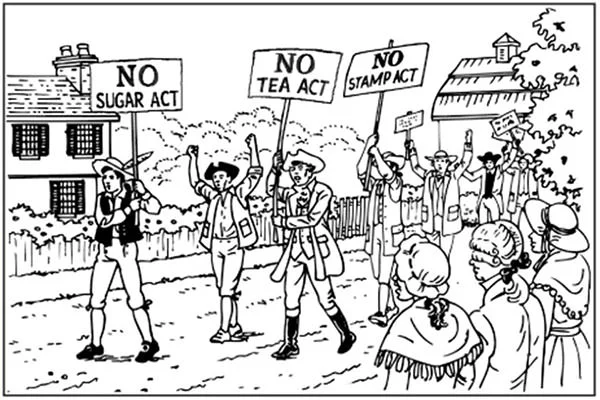
The point of contention was that the colonies were being taxed by a British parliament to which they elected no representatives. This grievance of “no taxation without representation” was one of the primary reasons for the American Revolution. Further, the colonists realized that if they didn’t protest against this aggressive British tax policy, there would be a substantial increase in the level of taxation in the future. This has been analyzed as the primary economic incentive of the Revolution. Despite lobbying, petitions, boycotts and violence by the colonists, the British Parliament was adamant on its right to tax the colonies and this, in turn, made conflict unavoidable.
#2 SAMUEL ADAMS PLAYED A KEY ROLE IN THE EARLY PHASE OF THE REVOLUTION
Born in Boston, Samuel Adams was elected to the Massachusetts assembly in 1764. The British Parliament passed the Stamp Act the following year imposing direct taxes on the colonies for the first time. Samuel Adams denounced the Act and was one of the first to oppose taxation without representation. Moreover, through his writing, he urged fellow Bostonians to resist what he termed were illegal actions of the British Parliament. In May 1773, the British Parliament passed the Tea Act, which allowed East India Company to sell tea in American colonies without paying taxes. By then, Adams had assumed leadership of the Massachusetts radicals and it was he who, more than anyone else, planned the Boston Tea Party in 1773. It was a key event leading to the Revolutionary War in which Bostonians dumped 342 chests of tea, worth £10,000, into into the Boston Harbor.
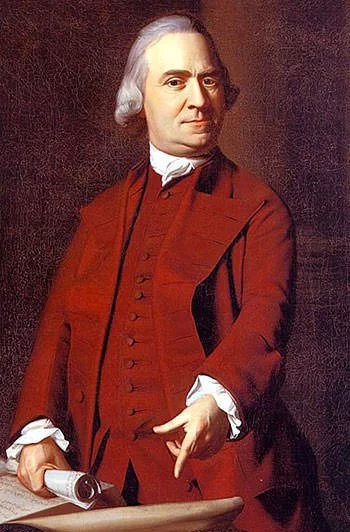
Samuel Adams was the leading figure in the early phase of the American Revolution. He was a master at organizing protests and he also spread the cause of the revolution through his writings. After the United States achieved independence, Adams went on to serve as Governor of Massachusetts from 1794 to 1797. When he died on October 2, 1803, Boston’s Republican newspaper the Independent Chronicle eulogized him as the “Father of the American Revolution”.
#3 BRITISH BELIEVED THAT THE AMERICANS WERE NO MATCH FOR THEM IN WARFARE
Prior to the conflict, the British believed that the Americans would pose little challenge in the event of war. This was due to several reasons. The colonies had neither a standing army nor a navy. In comparison, Britain had one of the best professional armies and, arguably, the greatest navy in the world. The colonists had negligible experience in war matters and few among them were experienced officers. Moreover, the colonies had no history in co-operating with one other. The British also thought lowly of Americans in battle. For example, British Brig. Gen. James Wolfe had described America’s soldiers as “cowardly dogs”. The British were thus confident of their military superiority and believed a few humiliating defeats at their hands would crush the rebellion.
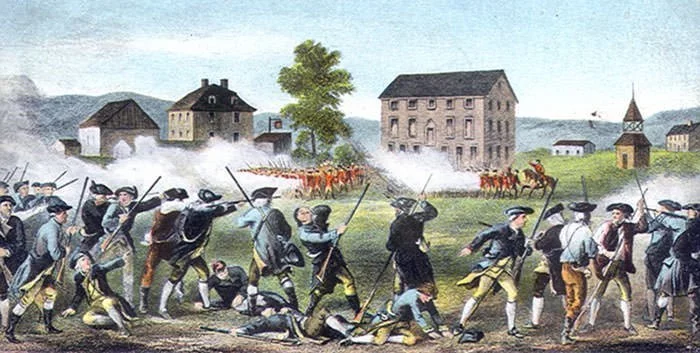
The Battles of Battles of Lexington and Concord, the first military engagements of the Revolutionary War, took place on April 19, 1775. Another battle at Bunker Hill was fought two months later, on June 17. These two battles proved the British that they were wrong in believing that American citizen-soldiers could not stand up to British regulars. The British lost nearly 1,500 men in these encounters, three times the American toll. The battles were also key as their psychological benefit led to a huge boost in the morale in the colonies helping in the quick formation of the Continental Army to fight the war.
#4 BRITAIN CAME CLOSE TO WINNING THE WAR AT BROOKLYN HEIGHTS
After defeating the British in the Siege of Boston in March 1776, George Washington, Commander-In-Chief of the Continental Army, moved his forces to defend the strategically important port city of New York. In July, the British, under the command of General William Howe, landed a few miles across the harbor from Manhattan on Staten Island. They attacked American defenses on August 27. Moreover, unknown to the Americans, Howe brought his main army around their rear and attacked their flank. This caused panic among the Americans leading to around 20% losses through casualties and captures. The remaining army was forced to retreat to the main defenses on Brooklyn Heights. Howe then prepared for a siege as be believed that the Americans were trapped with his troops blocking escape by land and the Royal Navy preventing escape by sea.
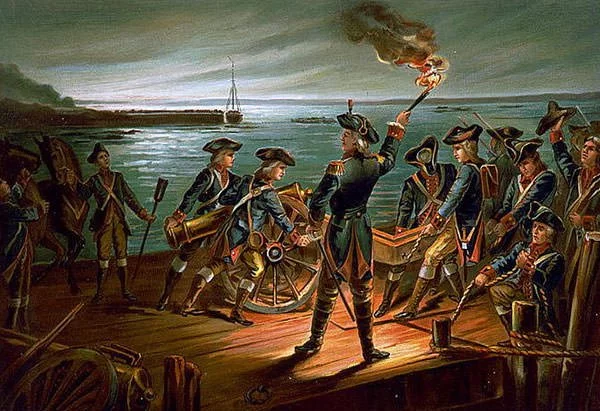
Outnumbered and trapped, Washington could have lost his entire army and it could have been a decisive victory for the British. Washington himself admitted that his army faced the choice of fighting its way out “under every disadvantage” or being starved into submission. However, Howe was slow to act and, taking advantage of a storm, Washington evacuated his entire army to Manhattan without the loss of supplies or a single life.
#5 ITS TURNING POINTS WERE THE BATTLES OF TRENTON AND SARATOGA
Prior to the Battle of Trenton, the British had handed the Americans a number of defeats forcing them to retreat through New Jersey and into Pennsylvania. The morale of the Continental Army was very low and many men had deserted. At such a juncture, George Washington laid out a bold plan to attack the enemy forces stationed at Trenton in New Jersey. The American forces first made the famous crossing of the Delaware River, which was accomplished “with almost infinite difficulty”. They then swiftly defeated the German missionaries at Trenton within an hour on December 26, 1776 capturing around 900 soldiers along with provisions; and arms and ammunition. Victory at Trenton was crucial as it significantly boosted the morale of the Continental Army; inspired rebels in the colonies; and led to new recruits joining the forces

The second turning point of the Revolutionary War came when the Americans won the Battles of Saratoga on September 19 and October 7, 1777. British General John Burgoyne was then surrounded and, on October 17, he surrendered his entire army, numbering 5,895. The comprehensive victory gave France the confidence that America could win the war and this resulted in the formal Franco-American alliance in 1778. As France would go on to play a key role in America winning the war, victory at Saratoga is considered a pivotal point which changed the course of the war.
#6 CORNWALLIS CLAIMED ILLNESS TO SKIP THE CEREMONY OF SURRENDER AT YORKTOWN
On August 19, 1781, 3000 American soldiers under George Washington and 4000 French soldiers under General Comte de Rochambeau marched from Newport, Rhode Island, to Yorktown, Virginia. During this march, Washington send out fake dispatches to make the British Commander-in-Chief, Henry Clinton, believe that his army was going to attack New York. This convinced Clinton that Lord Cornwallis in Yorktown was not in any danger. On September 28, Yorktown was completely encircled beginning the siege. After non-stop bombardment from Franco-American forces, no hope of reinforcements and inadequate supplies, Cornwallis showed the white flag on October 17 and surrendered his entire remaining force of more than 7,000. The Siege of Yorktown was the last major battle of the American Revolutionary War. It forced the British to negotiate an end to the conflict.

The British were denied traditional Honors of War as they had denied the same to the Americans after taking Charleston. Moreover, Lord Cornwallis refused to formally meet George Washington and didn’t come to the ceremony of surrender claiming that he was ill. He instead sent Brigadier General Charles O’Hara to present the sword of surrender to Rochambeau. Rochambeau pointed to Washington but when O’Hara offered it to Washington; he refused to accept it and instead told his second in command, Benjamin Lincoln, to accept it.
#7 AN AFRICAN AMERICAN SPY HELPED IN THE CAPTURE OF YORKTOWN
James Armistead was an African American slave owned by William Armistead of Virginia. James got his master’s permission to assist the Continental Army and he served under French commander Marquis de Lafayette. Lafayette used him as a spy and he began his service by transporting intelligence reports across enemy lines. In 1781, Armistead entered the camp of the traitor Benedict Arnold and posed as a runaway slave who was loyal to the British. He quickly gained the confidence of Arnold, who used him to guide British troops through local roads. James then went to the camp of British General Charles Cornwallis, who employed him as a British spy. Acting as a double agent, James began providing false information to the British supplied by Lafayette while disclosing very accurate and detailed accounts to the Americans.

The most valuable intelligence report provided by James was about the move of Cornwallis from Portsmouth to Yorktown; and the arrival of 10,000 British troops at Yorktown. This information was instrumental in helping the Continental Army defeat the British at the decisive Battle of Yorktown. Despite risking his life for his nation, James Armistead was sent back to his master after the war. However, in 1784, Lafayette provided a testimonial confirming his key service as a spy. This led to James Armistead becoming a free man in 1787 and, as a gesture of gratitude to the Frenchman, he changed his name to James Armistead Lafayette.
#8 IT RESULTED IN NATIVE AMERICANS LOSING THEIR TERRITORY
The American Revolutionary War was officially brought to an end with a set of treaties known as the Peace of Paris, which were signed in 1783 and 1784. Of these, the most important was the Treaty of Paris, which was signed on September 3, 1783 by the representatives of King George III of Great Britain and representatives of the United States of America. The article 1 of this treaty acknowledged the existence of United States’ as free, sovereign and independent states. Several Native American groups participated in the American Revolution. Majority of them sided with the British hoping that a British victory would stop continued colonial expansion into their territories. However, the peace negotiations had no native representatives.

The British granted the United States all land between the Appalachian Mountains and the Mississippi River even though this region was largely unsettled by whites and mostly inhabited by Native Americans. Soon after gaining independence, the United States rapidly expanded westward, often brutally, acquiring Indian lands by treaty and by force. Stockbridges and Oneidas who had supported the Americans lost lands as well as Senecas and Shawnees who had fought against them. It may be said that American independence marked the beginning of the end of what had remained of Native American independence.
#9 5,000 AFRICAN AMERICANS FOUGHT FOR THE COLONIES
When the Revolutionary War began in 1775, there were around 450,000 enslaved African Americans in the 13 colonies. Initially, Congress avoided the use of blacks as soldiers as they feared an armed slave rebellion. However, shortage of men led to Congress allowing the enlistment of all blacks, free and slave, in 1777. By the end of the war, around 9,000 African Americans had served the American cause in some capacity; around 5,000 on the battlefield and others in noncombatant roles. This is approximately 4% of the total numbers.
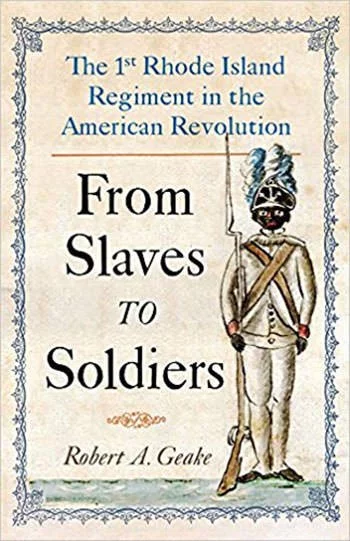
After the war, slavery was abolished in the Northern States and individual manumissions increased in the South. However, a majority of blacks continued to be slaves. Moreover, free blacks also faced persistent discrimination in virtually every aspect of life including in employment, education and housing. Tens of thousands of blacks also fled their masters during the war and sought refuge with the British; but only a few served as soldiers. The British made heavy use of the escapees as teamsters, cooks, nurses and laborers. At the conclusion of the war, some 20,000 blacks left with the British. They settled in Canada, Britain, West Indies and Europe. Some were sold back into slavery. In 1792, 1,200 black Loyalists in Nova Scotia left for Sierra Leone, a colony on the west coast of Africa established by Britain specifically for former slaves.
#10 WOMEN TOO FOUGHT DURING THE REVOLUTIONARY WAR
There were a number of American women who fought during the Revolutionary War. During the Battle of Fort Washington, after her husband John was killed, Margaret Corbin moved into his battle station and fought bravely, sustaining three gunshot wounds. She received financial support from the government after the war, the first woman to do so. Anna Maria Lane dressed as a man and accompanied her husband John on the battlefield. The two fought in several campaigns. On October 3, 1777, during the Battle of Germantown, Anna Maria was severely wounded, which left her lame for life. However, despite her injury, Lane continued to serve in the army till 1781.
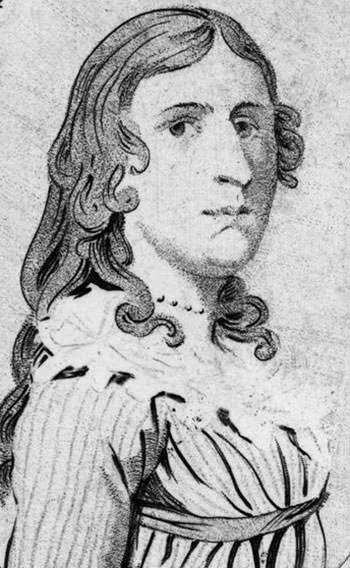
The most famous of the women who fought as men was Deborah Sampson. Around 5 feet 9 inches tall, Sampson served in the army under the name “Robert Shirtliff”. In her one and a half years of service, she was wounded twice but continued to volunteer for dangerous duty. There is also a legend of a woman called Molly Pitcher who while bringing water to thirsty soldiers saw her husband being shot. She then took his place loading the cannon. The deeds in the story of Molly Pitcher are generally attributed to Mary Ludwig Hays. Molly Pitcher became a generic term for the female water carriers on the battlefield. Many historians believe that the name is actually a composite image inspired by the actions of a number of real women.

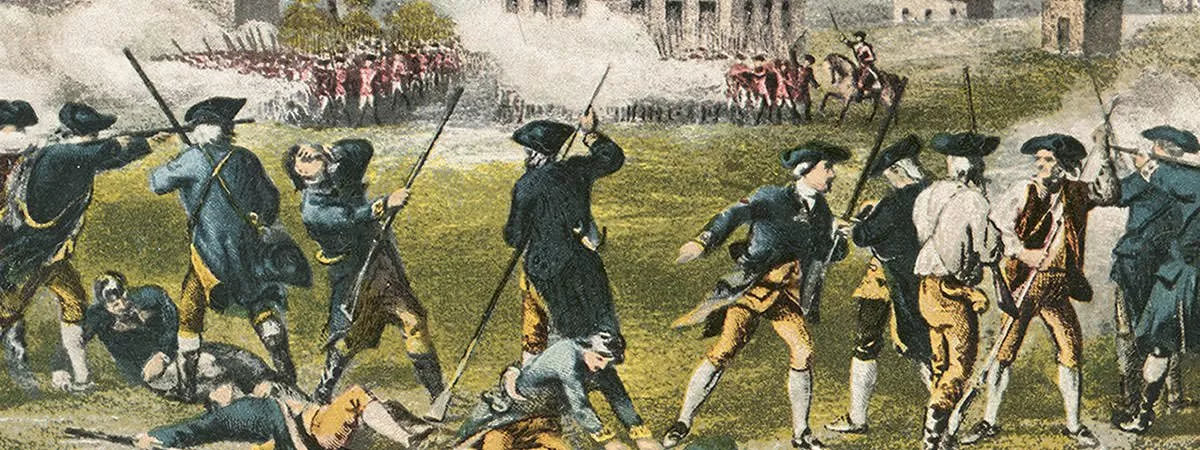
Radicals get a bad rap- but Sammy Adams was a radical? Wow!
In the war of 1812, diff tribes of natives fought for either side. In general, due to encroachment by the white man, about 50 million Native Americans were killed. That iis including in South and Central America, and over the process of about 2 centuries, and it wasn’t always intentional. At the same time, it makes comments like this from Teddy Roosevelt in a campaign speech seem pretty bad:
“I don’t go so far as to think that the only good Indians are the dead Indians, but I believe 9 out of every 10 are, and I shouldn’t like to inquire too closely into the case of the tenth.” -Teddy “Rough Rider” Roosevelt, January 1886, New York
“This advertisement was paid for by the Free Radical Party (copyleft).
Not bad facts but I already knew them.